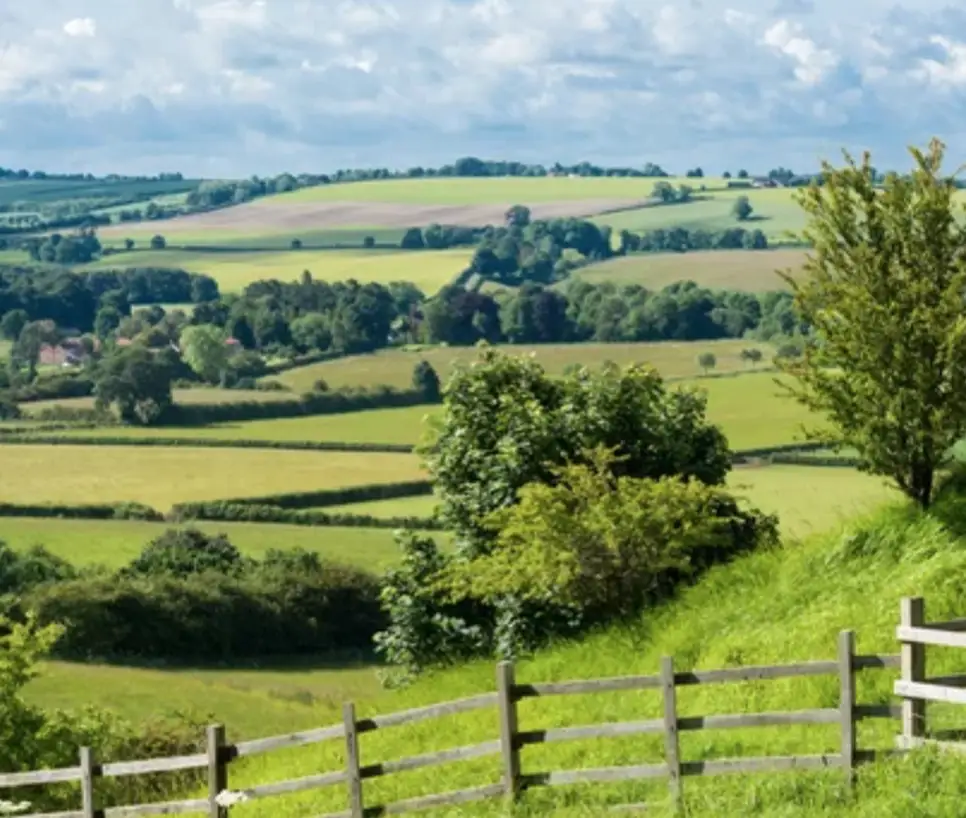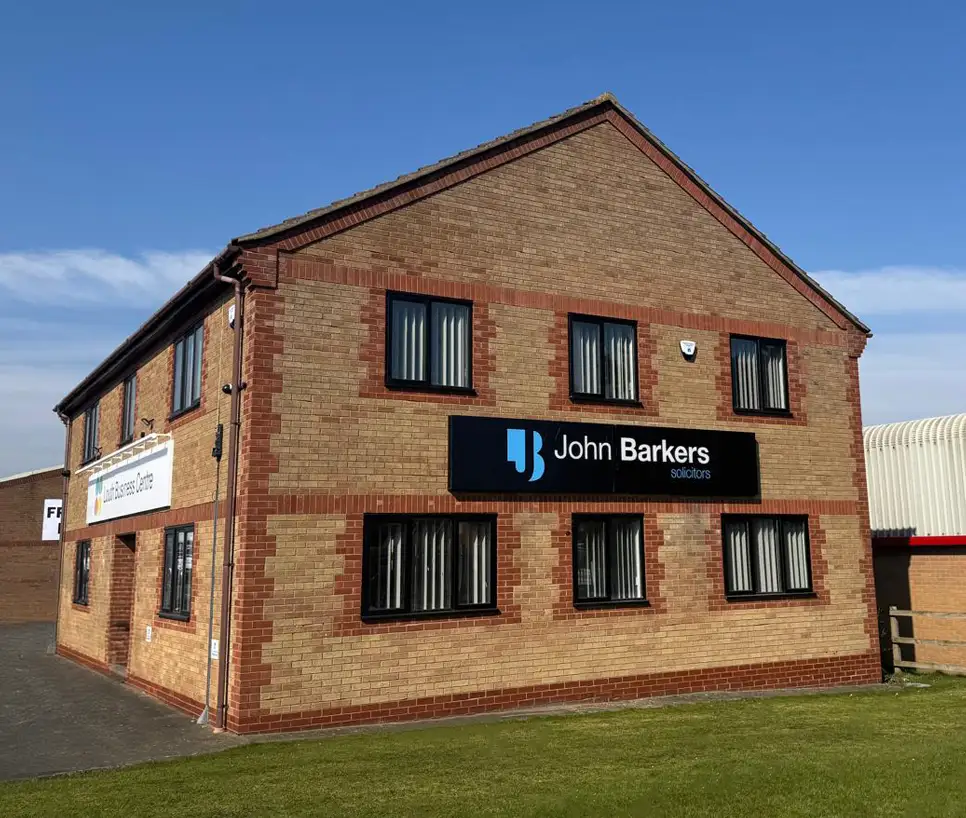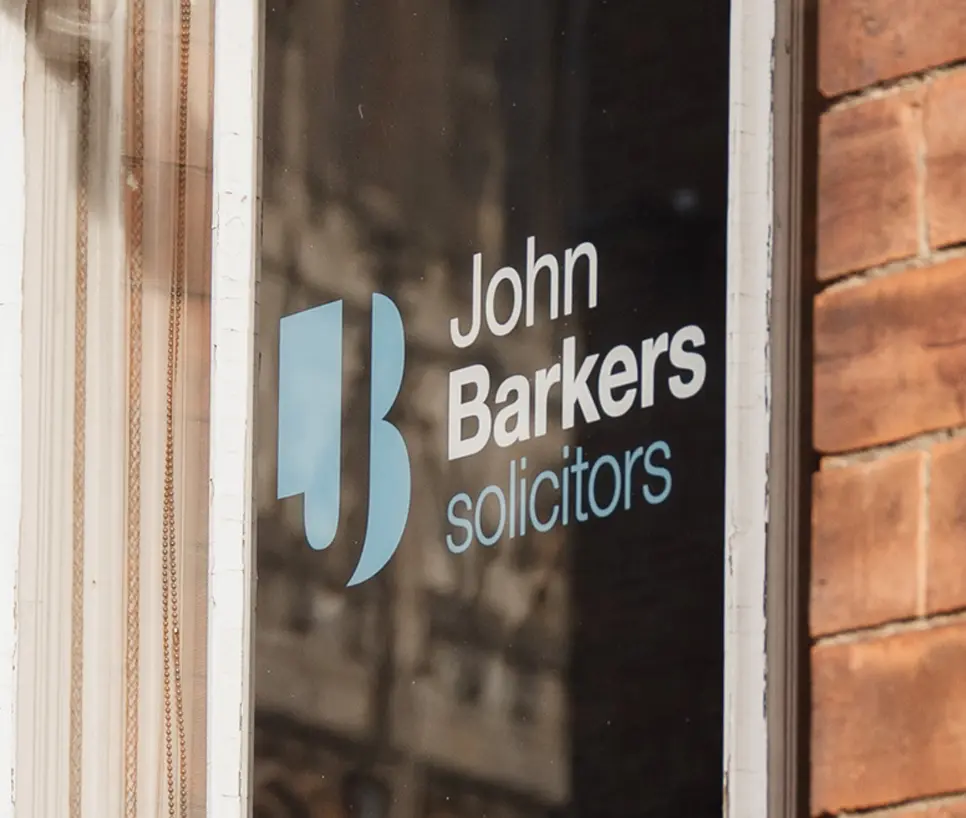- Conveyancing
- Family Law & Divorce
- Wills, Probate & Trusts
-
- Wills, Probate & Trusts
- Will Writing
- Probate
- Trusts
- Powers of Attorney
-
 Wills from £204
Wills from £204
-
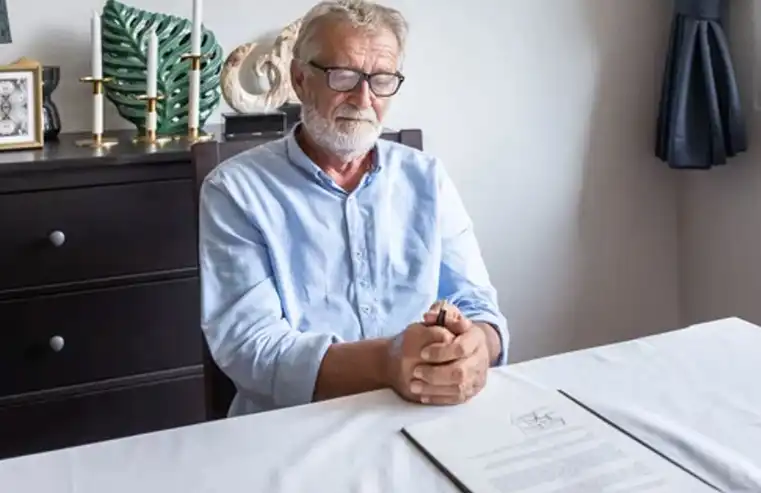 Probate
Probate
-
- Criminal & Motoring
-
- Criminal & Motoring
- Criminal Defence
- Motoring Offences
-
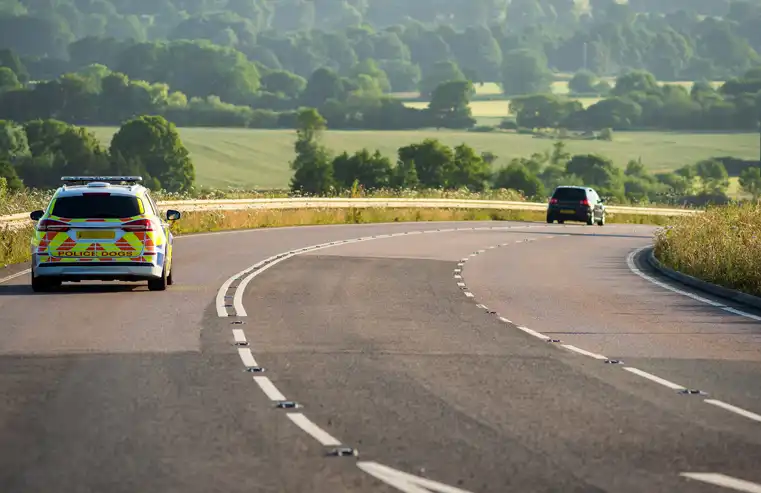 Motoring Offences
Motoring Offences
-
 Criminal Defence
Criminal Defence
-
- All Personal Services
- Business Services
John Barkers
Solicitors serving Lincolnshire
John Barkers Solicitors provides legal services to clients in Lincolnshire and the surrounding areas. We serve Gainsborough, Grantham, Sleaford, Spalding, Gainsborough, Market Rasen and many more towns and villages in the area.
We understand that finding a lawyer you can trust is no easy task. At John Barkers Solicitors we strive to make this process easier for our clients. Our team of experienced attorneys will provide comprehensive legal advice tailored to fit your exact needs.
